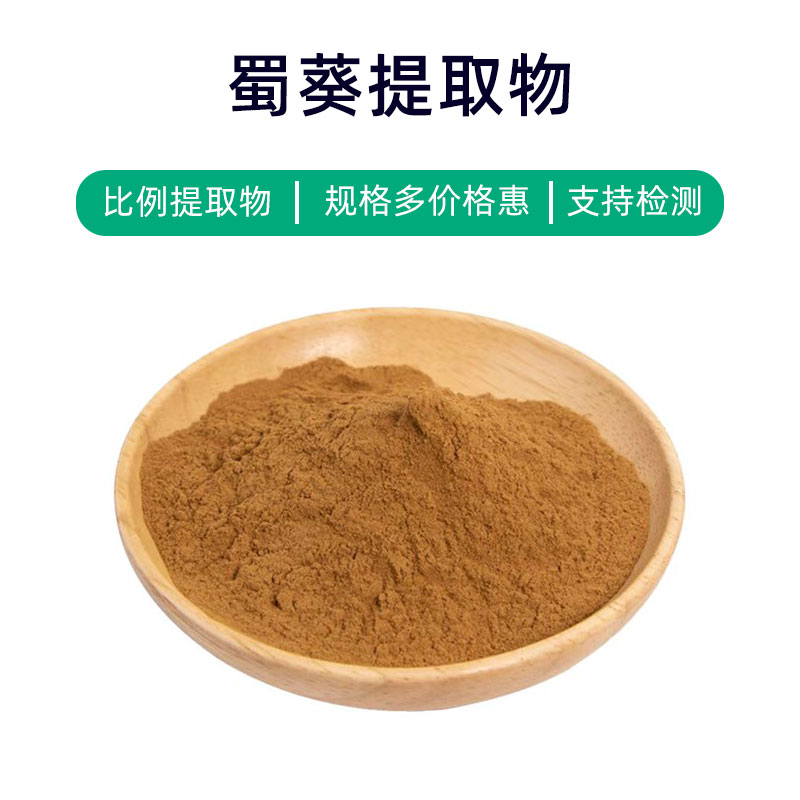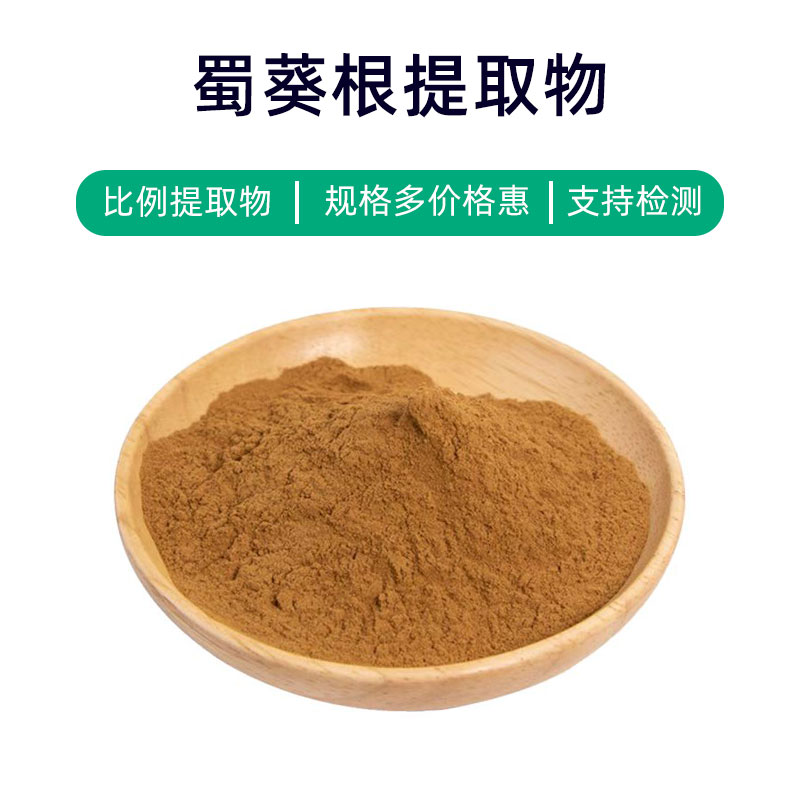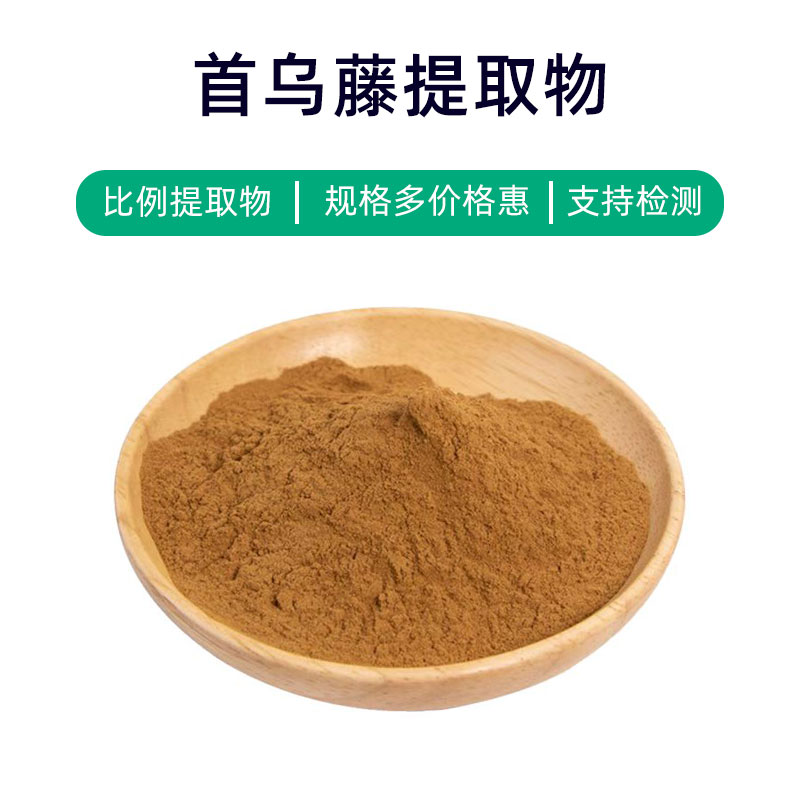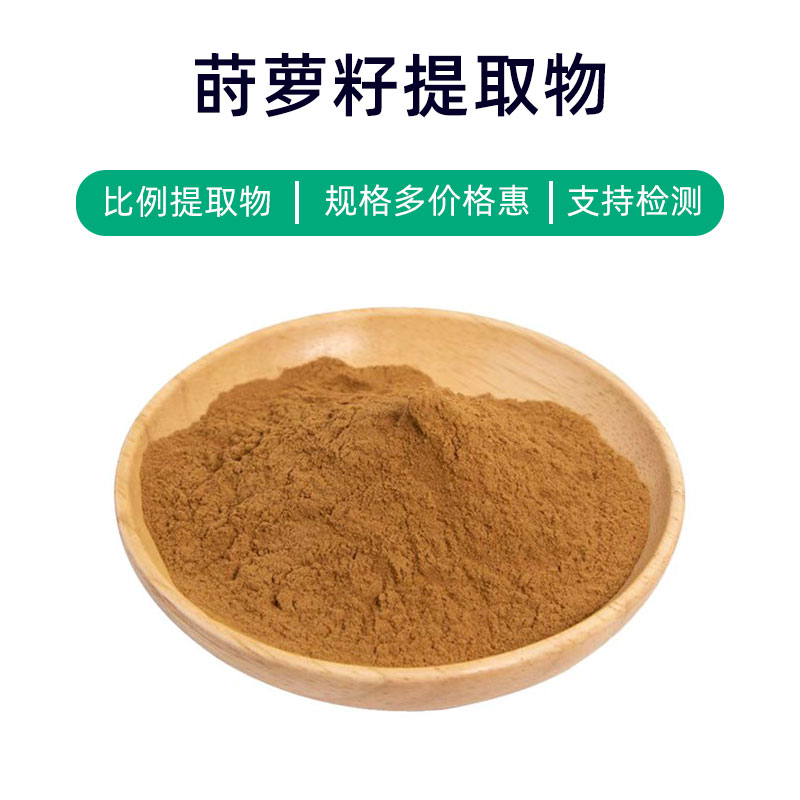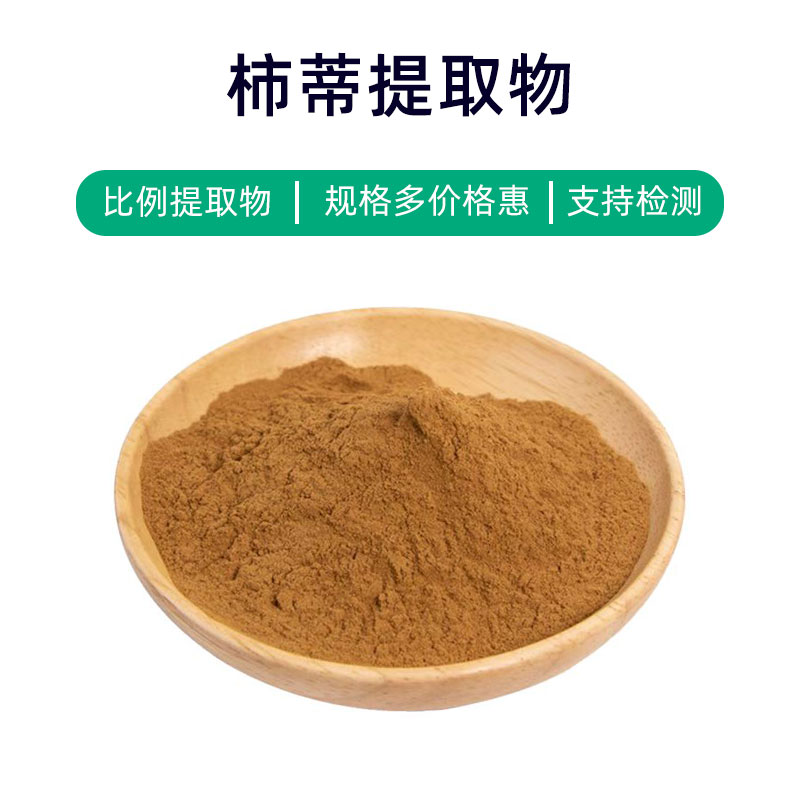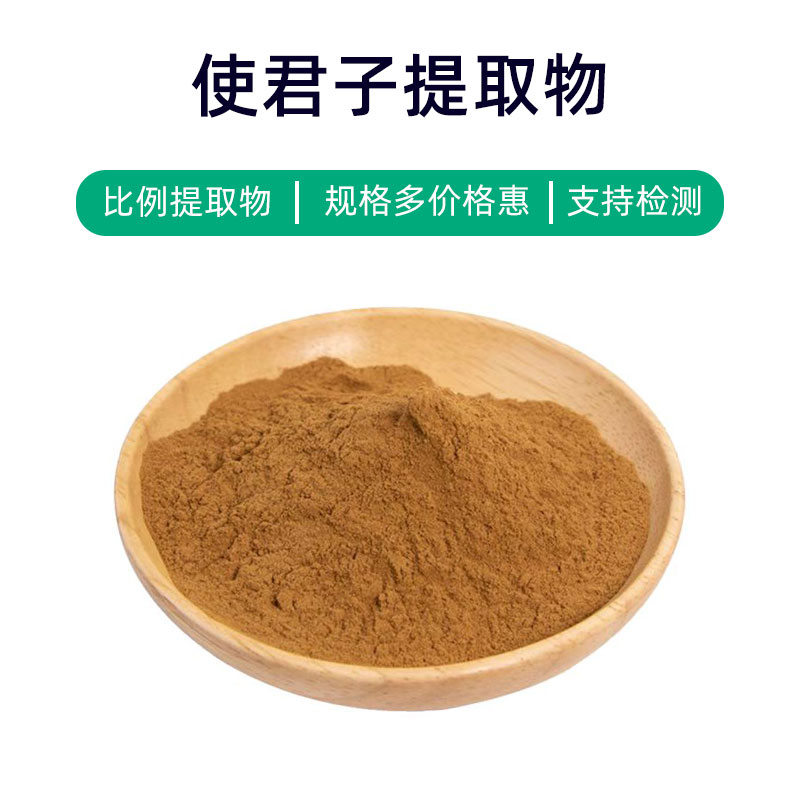Grape Skin Extract Product Introduction
Grape skin extract is a natural plant extract obtained from the outer skin of grape fruits, consisting mainly of flavonoids, phenolic compounds (including proanthocyanidins, flavonoids, and phenolic acids), and polyphenols. These components have powerful antioxidant properties that help combat free radical damage, slow down cellular aging, and protect cell health. Due to its rich active ingredients, grape skin extract is extensively used in health supplements, pharmaceuticals, cosmetics, and food products.
In the health supplement sector, grape skin extract is commonly used as an ingredient for formulating antioxidant supplements. It can help boost the immune system, prevent cardiovascular diseases, and support eye and skin health. Additionally, grape skin extract is utilized in the production of medications for its antioxidant, anti-inflammatory, and anti-tumor properties, and has notable medicinal value. In cosmetics, it is frequently added to skincare and beauty products for its anti-aging, whitening, and skin firming benefits. Furthermore, grape skin extract may serve as a food additive to enhance nutritional value and flavor, for example, in beverages and pastries.
In summary, grape skin extract is a natural plant extract rich in active ingredients with a variety of benefits, widely applied in health supplements, pharmaceuticals, cosmetics, and food, providing effective support for health and beauty.
Grape Skin Extract Production Process
The production process for grape skin extract typically includes the following key steps:
- Raw Material Preparation: First, select high-quality grape fruits, wash them, and remove the flesh to retain only the skin for extraction.
- Extraction Process: Place the cleaned grape skins in extraction equipment and use suitable solvents (such as ethanol or water) for soaking. Through appropriate temperature, time, and stirring conditions, the active components in the grape skins dissolve into the solvent.
- Filtration and Concentration: After extraction, filter to separate the extract from the solid material, yielding the extract solution. Then, use concentration equipment to remove excess solvent, resulting in a concentrated extract.
- Purification and Separation: Further purification and separation of the concentrated extract is performed, commonly using methods like gel column chromatography or thin-layer chromatography to enhance the purity and active component content.
- Drying: The purified extract is dried, typically using spray drying or vacuum drying methods, converting it into a powder form.
- Packaging and Storage: Finally, the dried grape skin extract is packaged, usually in airtight containers to prevent exposure to air and moisture, and stored in a cool, dry place away from direct sunlight and high temperatures to maintain its stability and active ingredient efficacy.
Following these process steps allows for the production of high-purity, high-activity grape skin extract for various applications in health supplements, pharmaceuticals, cosmetics, and food.
Grape Skin Extract Effects and Side Effects
Grape skin extract, as a natural plant-based product, offers a range of effects and benefits, primarily in the following areas:
- Antioxidant Effects: Rich in flavonoids, phenolic compounds, and polyphenols, grape skin extract can neutralize free radicals in the body, reduce oxidative stress, protect cells from oxidative damage, and slow the aging process.
- Cardiovascular Protection: Components like proanthocyanidins in grape skin extract help lower cholesterol levels in the blood, reduce the occurrence of atherosclerosis, improve cardiovascular health, and lower the risk of heart disease.
- Anti-Inflammatory Effects: Flavonoids in grape skin extract exhibit significant anti-inflammatory properties, inhibiting inflammatory responses and alleviating symptoms associated with diseases such as arthritis and inflammatory bowel disease.
- Beauty Benefits: Grape skin extract contains abundant antioxidants that promote blood circulation in the skin, enhance cell metabolism, reduce the formation of blemishes and wrinkles, result in smooth skin, and delay skin aging.
- Anti-Cancer Effects: Research indicates that polyphenols in grape skin extract possess anti-cancer activities by inhibiting the proliferation and metastasis of tumor cells, thereby reducing cancer risks.
Generally, grape skin extract is considered safe, but individual differences and potential allergic reactions should be monitored. Mild digestive discomfort or allergic reactions may occur in some specific cases, but these instances are relatively rare and typically mild and reversible. Therefore, it is advisable to follow guidance from a physician or professional when using grape skin extract and adhere to recommended dosages to ensure safe and effective use.
Grape Skin Extract Application Scenarios and Dosage
Grape skin extract, as a natural plant extract, has widespread applications in medicine, food, and cosmetics. Below is a focus on its applications and corresponding dosages in these fields:
- Medical Field:
- Application Scenarios: Grape skin extract is widely utilized in the medical field for formulating various health supplements and medications to prevent and assist in treating multiple diseases.
- Dosage: Generally recommended for daily oral intake, with doses dependent on individual circumstances, common dosages ranging from 100-500 mg daily, which can be taken in divided amounts. Specific dosages should follow physician or medication guidelines.
- Food Industry:
- Application Scenarios: Grape skin extract is often added to various food products to enhance nutritional value and functionality.
- Dosage: The amount is usually determined by the type of food and production process, typically suggesting use according to food additive standards. For instance, in beverages, grape skin extract is generally added at 10-50 grams per kilogram of drink.
- Cosmetics Sector:
- Application Scenarios: Grape skin extract is commonly included in various cosmetics such as creams, lotions, and masks for skincare, brightening, and anti-aging.
- Dosage: The dosage typically depends on the specific product formulation, recommended to follow product instructions or manufacturer guidance. Generally, a suitable amount should be applied to clean skin, gently massaging until absorbed.
In summary, grape skin extract can be used as a health supplement in medicine, as a food additive in the food industry, and as a skincare ingredient in cosmetics. It is important to follow recommendations from healthcare providers or manufacturers based on specific application scenarios and product types, ensuring accurate usage without exceeding recommended dosages for safety and efficacy.
Grape Skin Extract Source Plant Introduction, Distribution, and Growing Environment
The source plant for grape skin extract is the grape (scientific name: Vitis vinifera), a woody vine belonging to the grape family. Grapes are an ancient fruit tree whose fruits are widely used for winemaking, while the skin contains rich antioxidant substances.
Grape skin extract is primarily concentrated in the outer skin of the grape fruit, with main components including flavonoids, phenolic compounds, and proanthocyanins. These components provide grape skin extract with various benefits and effects, such as antioxidant properties, cardiovascular protection, anti-inflammatory effects, and beauty enhancement.
The grapevine is native to the Mediterranean region of Europe but has been widely cultivated across temperate and tropical regions worldwide due to its strong adaptability to climate conditions. Geographically, grapes are mainly found in Europe, North America, South America, and Australia, and due to extensive cultivation, grapevines can be found nearly everywhere around the globe.
Grapes thrive in warm, sunny, and humid climates. They are not overly picky about soil but prefer loose, well-drained soil with specific pH requirements. During their growth, grapevines require ample sunlight, appropriate moisture and nutrient supply, and suitable climatic conditions to grow healthily and produce high-quality fruits and skins.
In summary, the grape, the source plant for grape skin extract, is a widely distributed vine that grows best in warm, sunny climates, demonstrating good adaptability and growth capacity. Due to its rich antioxidant components, grape skin extract has gained considerable attention and is applied across various fields, including medicine, food, and cosmetics.
Grape Skin Extract Processing and Storage
The processing of grape skin extract generally includes the following steps: first, collect and clean the grape skins, then carry out soaking, grinding, and extraction procedures to obtain the active components. Next, through filtering, concentration, and drying processes, the final grape skin extract product is produced. In terms of storage, grape skin extract should typically be kept in a dry, cool, and light-protected environment, away from high temperatures and humidity to maintain its stability and quality. It is recommended to store it in airtight containers to avoid exposure to air, thereby extending its shelf life.
Monica Sun is a seasoned expert in the plant extraction industry with over a decade of experience in research and production. She specializes in the extraction and purification of plant active ingredients, focusing on driving innovation in natural product applications. Monica has participated in the development of multiple functional plant extracts, delivering high-value natural raw material solutions for the health food, pharmaceutical, and dietary supplement sectors.









